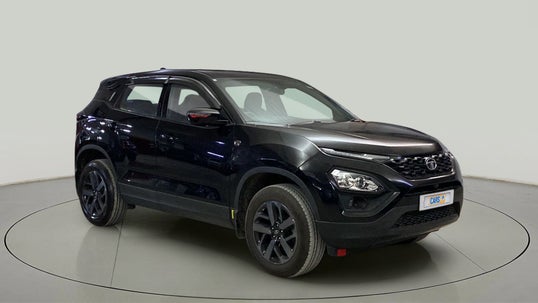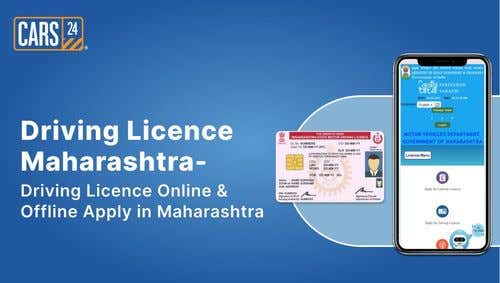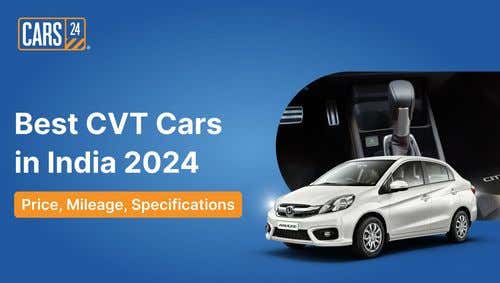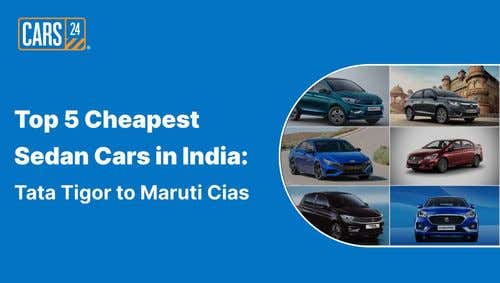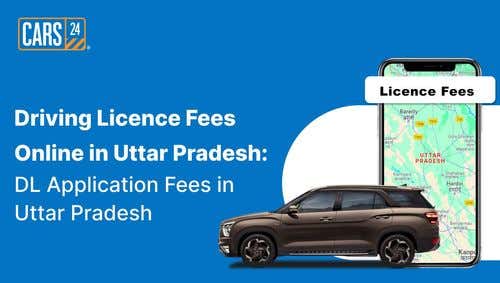When Should I Replace My Car Brake Pads? - Here's How to Know

Updated on: 18th January, 2024 IST

Brake pads are the unsung heroes of your car's braking system. They work day in and day out to bring your car to a timely stop, all while absorbing the tremendous amounts of heat and friction generated by the process. What are brake pads? When is it time to change the brake pads? How do you know when your brake pads have had enough? What are the best brake pads? Today, we'll answer those questions and more in this comprehensive guide!
Table of Contents
What Are Brake Pads?

Brake pads are one of the most essential components of a vehicle's braking system. They are part of the system that presses against the brake rotor, creating friction that slows down and ultimately stops the vehicle.
Brake pads come in a variety of materials, including ceramic, metallic, and organic. Each type of material has its advantages and disadvantages, but all brake pads work on the same basic principle: using friction to slow down and stop the vehicle.
Without brake pads, a vehicle would not be able to stop effectively or safely, putting the driver and passengers at serious risk. Regular repair, maintenance, and replacement of the brake pads are crucial for ensuring the safety of the vehicle.
Just like any other mechanical component, brake pads wear down over time and become less effective, and this can lead to decreased control of the vehicle. It's important to have the brake pads inspected regularly and replaced as needed to ensure optimal performance.
In addition to regular maintenance, repair, and replacement, there are some other things that drivers can do to help increase the life of their brake pads. One such thing is to avoid sudden and aggressive braking, as this puts additional stress on the brake pads and can cause them to wear down quickly.
Read More : Tips on How to Effectively Use Your Car AC this SUMMER!
Different Types of Brake Pads

When it comes to brake pads, there are three main types: metallic, organic, and ceramic. Each type of brake pad has unique advantages and disadvantages, and drivers need to choose the type that suits the needs of their driving style. Let's take a closer look at the three most common types:
1. Metallic Brake Pads
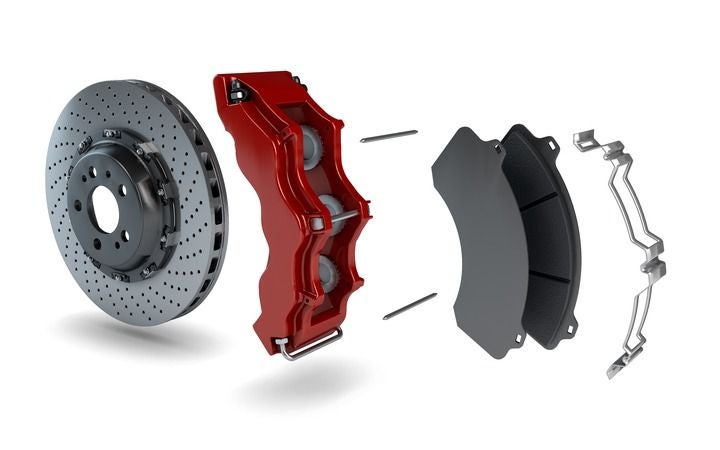
These are one of the most common types of brake pads and are typically made from a combination of metals, including copper, iron, and steel. They are designed to withstand high temperatures and heavy use, which makes them a great choice for high-performance vehicles or for drivers who frequently drive in challenging conditions and terrains.
Read More : Cheapest Diesel Cars in India 2023
Pros:
- Good for high-performance vehicles
- Great performance in high-heat situations
- Longer lifespan than organic brake pads
- More durable and resistant to wear and tear
- Can handle heavy loads
- Offer better stopping power and shorter braking distances
Cons:
- Tend to be noisier than other brake pads
- Produce more brake dust, which can be difficult to clean
- Can wear down brake rotors faster
- Require more force to apply than other brake pads
- Can cause damage to alloy wheels if the brake dust is not cleaned regularly
- More expensive than organic brake pads
2. Organic Brake Pads
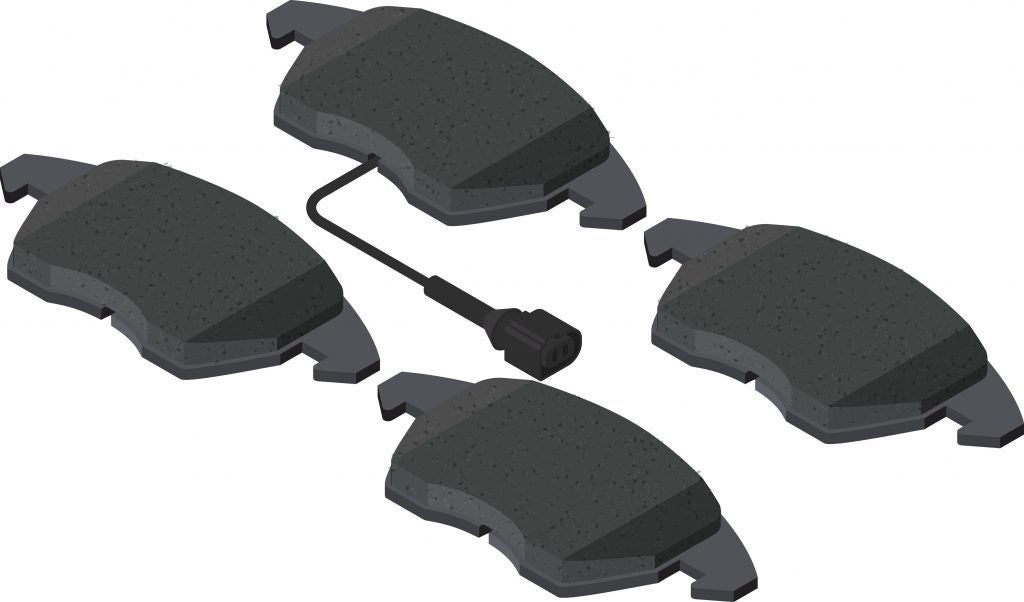
These brake pads are made from a mixture of organic materials such as rubber, glass, and Kevlar. They are softer than metallic brake pads and produce less noise and dust. They are also less expensive than metallic brake pads, making them a popular and budget-friendly choice for drivers.
Pros:
- Quieter than metallic brake pads
- Produce less brake dust
- Softer brake rotors, which can help to extend the life of the rotors
- More affordable than metallic brake pads
- Suitable for daily driving and normal usage
- Easier to install than other brake pads
Cons:
- Wear down faster than metallic brake pads
- Less effective in high-heat situations
- May not provide the same level of stopping power as metallic brake pads
- Can create more brake fade in high-performance driving
- Can produce a smell during heavy use
- May not be suitable for heavier vehicles or towing applications
3. Ceramic Brake Pads
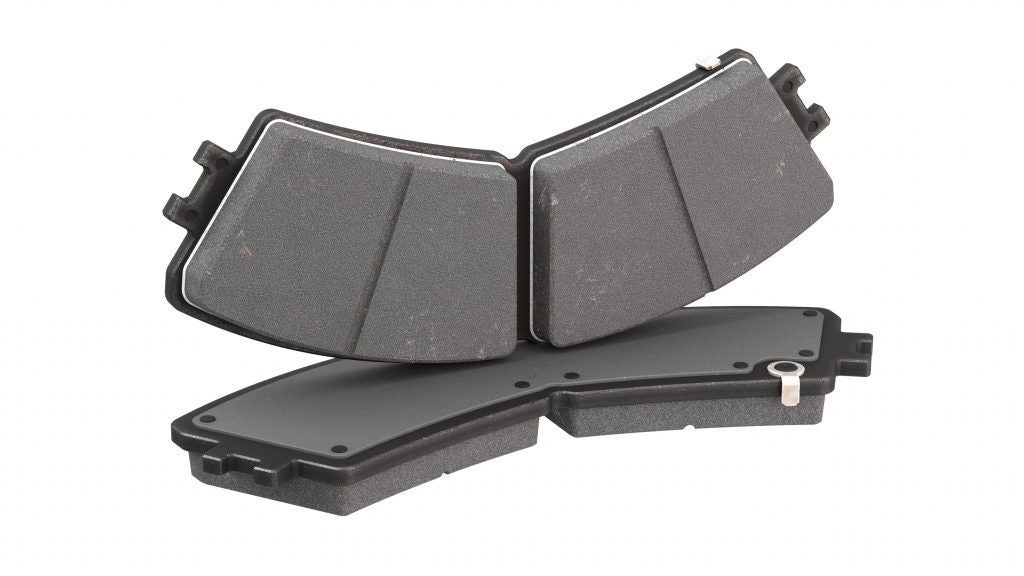
These brake pads are becoming increasingly popular as they are made from a ceramic compound that is designed to be more durable and long-lasting than other types of brake pads. They are also quieter than metallic brake pads and produce less dust, making them a great choice for a more comfortable and cleaner driving experience.
Read More : 7-Seater Cars Under Rs 10 Lakhs in India
Pros:
- Quieter than both metallic and organic brake pads
- Produce the least amount of brake dust
- More resistant to wear and tear than organic brake pads
- Provide good stopping power and shorter braking distances
- Suitable for high-performance vehicles
- Can handle high-heat situations
Cons:
- More expensive than metallic and organic brake pads
- Can cause increased wear on brake rotors
- Can be less effective in colder temperatures
- May not offer the same level of performance as metallic brake pads in high-performance driving
- Can be prone to cracking under heavy use
- Can produce a squeaking noise during light use
Signs That Your Brake Pads Need to Be Replaced
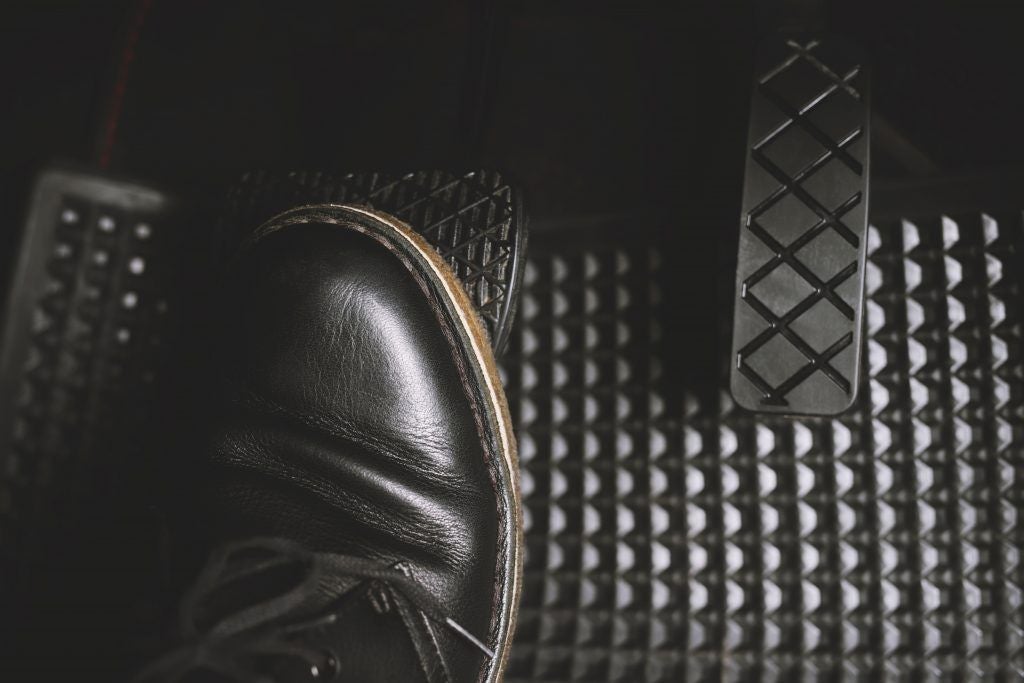
When should you replace your brake pads? The answer is in the finer details. Brake pads play a key role in your vehicle's braking system, and they must be kept in good shape and condition to ensure your and your passengers' safety. However, it can be challenging to tell when your brake pads need to be replaced. Here are some of the most easily noticeable warning signs that indicate that your brake pads may be worn out:
- Screeching Or Grinding Noises
If you hear screeching or grinding noises when you apply your brakes, it's a clear sign that your brake pads are worn out. These sounds are caused by the metallic skeleton of the brake pad coming into contact with the rotor, which is a serious issue that needs to be addressed immediately.
- Reduced response time
If your vehicle is taking longer to come to a complete stop, it means that your brake pads are worn out and need to be replaced. This issue can be dangerous in emergencies, and that's why it's important to have your brake pads inspected, repaired, or replaced as soon as possible.
- Vibrations in the brake pedal
If you feel a vibration in the brake pedal when you apply the brakes, it means that your brake pads are worn down and need to be replaced. This is usually triggered by damaged brake rotors, which can cause uneven wear on the brake pads.
- Warning lights
Some cars have brake pad wear sensors that trigger a warning light on the dashboard when the brake pads are worn down. If you see this warning light, it indicates that your brake pads need to be replaced.
Paying attention to these warning signs and having your brake pads inspected by a qualified mechanic is very important. Failure to replace worn-out or damaged brake pads can lead to serious safety issues, including sudden brake failure and loss of vehicle control.
Read More : Essential Car Driving Tips for Beginners
How Often Should You Replace Your Brake Pads
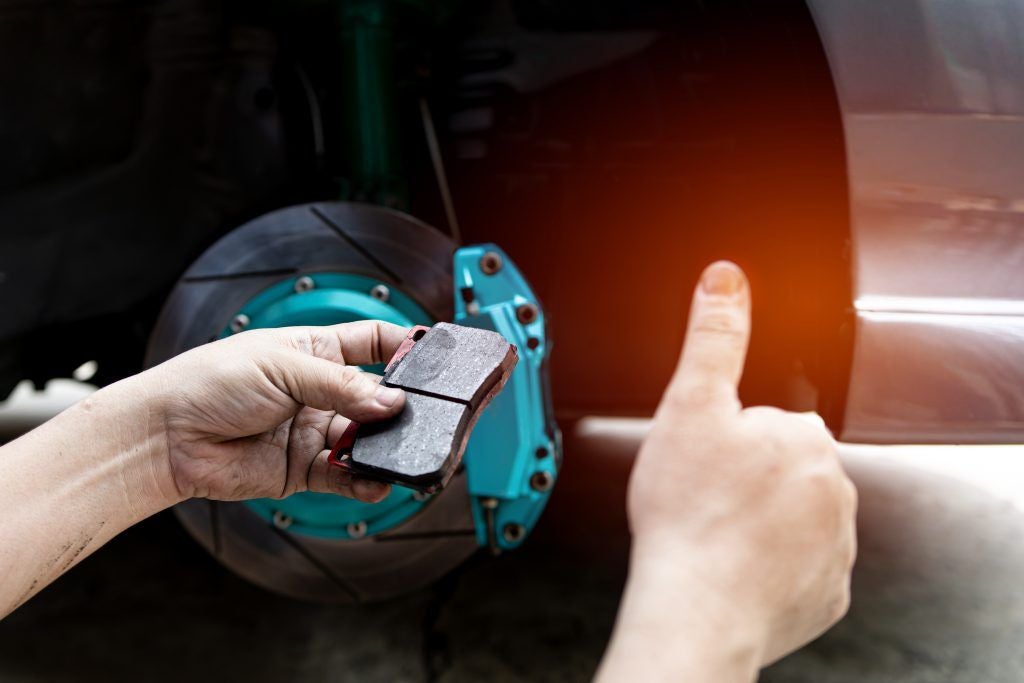
Brake pads usually need to be replaced after covering around 50,000 to 70,000 kilometres. It is important to note that some factors may trigger faster wear and tear of brake pads, such as high-speed driving, driving in stop-and-go traffic, or towing heavy loads.
Metallic brake pads typically need to be replaced more frequently than ceramic or organic brake pads. Metallic brake pads can last anywhere from 20,000 to 70,000 kilometres, while organic and ceramic brake pads can sometimes last up to 100,000 kilometres. But it's recommended to have your brake pads inspected every six months or 10,000 kilometres by a trusted mechanic to ensure they are in good condition.
DIY vs. Professional Brake Pad Replacement
Replacing brake pads is an essential part of car maintenance. But when it comes to replacing them, many car owners are faced with the dilemma of whether to do it themselves or take their car to a professional mechanic. Both options have their advantages and disadvantages.
Even though DIY brake pad replacement can save you money, it requires a significant amount of tools and expertise. If you are not confident in your mechanical abilities or don't have the necessary tools, it's best to leave it to a professional mechanic. A mechanic has access to the necessary tools and equipment and can ensure that the job is done correctly, efficiently, and safely.
Read More : Most Fuel Efficient Petrol Cars in India in 2023
Here are some pros and cons to consider before attempting to replace brake pads yourself:
Pros:
- Cost-saving - Replacing brake pads yourself can save you a significant amount of money
- Convenient - You don't have to wait for an appointment at a repair shop; you can replace the brake pads whenever it's most convenient.
Cons:
- Risky - If you're not familiar with car mechanics, you may not have the expertise required to replace brake pads properly. This can lead to faulty brake pads, which can be dangerous while driving.
- Need for tools - Replacing brake pads requires specific tools, such as a piston compressor and brake calliper tool, which can be expensive.
- Time-consuming - Replacing brake pads can be time-consuming, especially if you're not familiar with the process.
On the other hand, taking your car to a professional mechanic has its own set of pros and cons:
Pros:
- Expertise - Professional mechanics have the knowledge and expertise required to replace brake pads properly.
- Tools and equipment - Mechanics have the specialised tools and equipment required to replace brake pads quickly and efficiently.
- Time-saving - Mechanics can replace brake pads quickly, meaning that you won't have to spend time on the task.
Cons:
- Cost - Taking your car to a mechanic can be more expensive than replacing brake pads yourself, as you'll have to pay for labour charges.
- Scheduling - Getting an appointment with a mechanic can be difficult, and you may have to wait for some time to replace your brake pads.
- Lack of control - You won't have control over the quality of brake pads that the mechanic installs, and you'll have to trust that they are using the correct materials.
If you're still considering a DIY brake pad replacement, there are some tools and expertise you need to have to do the job correctly. Here are some of the things you'll need:
- Jack and jack stand to lift the vehicle
- Lug wrench to remove the wheels
- C-clamp to compress the brake calliper piston
- Torque wrench to tighten the lug nuts and bolts to the correct specification
- Brake pad spreader to retract the piston
- Brake fluid that will need to be replaced
- Brake cleaner to clean the brake rotor, calliper, and pads
- Grease to make the brake callipers slide
- Shop manual for your vehicle so you know the correct procedure for your brake pad replacement
Importance of Regular Brake Maintenance
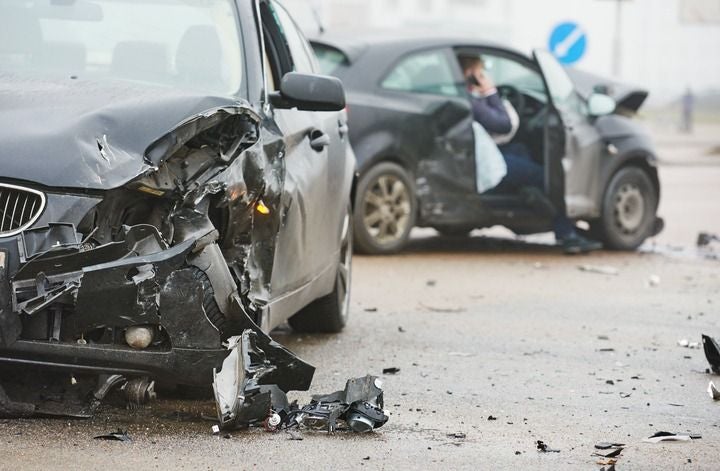
One of the most important aspects of regular brake maintenance is inspecting the brake pads. Worn brake pads can cause damage to other parts of the brake system and increase stopping distances, increasing the risk of an accident. During an inspection, the thickness of the brake pads should be measured, and any sign of damage should be noted.
Checking the brake fluid level is also a crucial aspect of brake maintenance. The brake fluid plays an essential role in the braking system, as it helps transmit force from the brake pedal to the brake pads. Over time, the fluid can become contaminated or lose effectiveness, so regular checking and replacing of the fluid are important to ensure the brakes operate at peak efficiency.
Regular servicing of the brakes is also necessary to prevent issues down the line. The brake system consists of several moving parts, which can wear out or become damaged over time. Professional brake service will inspect all brake system components, including brake pads, rotors, callipers, and brake lines. Regular servicing can detect and prevent issues before they become more severe, leading to costly repairs.
Read More : What Are The Best Months To Sell Your Car?
Cost of Brake Pad Replacement

The cost of replacing brake pads can differ depending on the type of brake pads you choose and the type of vehicle you have. On average, the cost of replacing brake pads is between ₹3000-₹7000. However, the cost can vary depending on the type of vehicle and the quality of the brake pads you choose.
The cost of brake pads is one of the primary factors affecting the total replacement cost. Organic brake pads are typically the most affordable option, costing between ₹1500-₹2500, while metallic and ceramic brake pads are more expensive, costing between ₹2500-₹5000.
Another significant factor affecting the cost of brake pad replacement is labour. If you're taking your car to a professional mechanic, the cost of labour can be anywhere from ₹500-₹2000, depending on the complexity of the job. DIY brake pad replacement can save you money on labour costs, but you also need to factor in the cost of purchasing the necessary tools and equipment.
Overall, it's better to err on the side of caution when it comes to your brakes. Regular maintenance, inspection, and replacement of your brake pads are essential for keeping you and your vehicle safe on the road. So, pay attention to the warning signs and have your brakes serviced on a regular basis for a smooth and safe driving experience.
FAQ's:
Brake pads wear out due to friction against the brake rotor over time.
Some of the signs that indicate brake pads need to be replaced include screeching or grinding noises when braking, longer stopping distances, vibrations in the brake pedal, and a warning light on the dashboard.
It is not recommended to drive with worn-out brake pads as it can lead to decreased braking performance and can be potentially life-threatening.
The lifespan of brake pads depends on driving conditions, driving style, and the type of brake pads used. Typically, brake pads last between 30,000 to 70,000 kilometres. It's best to follow the manufacturer's recommended replacement intervals and have your brake system inspected regularly.
Recently Added Cars to Buy
Other Blogs
- Recent
- Featured
Popular Cities to Sell Car


